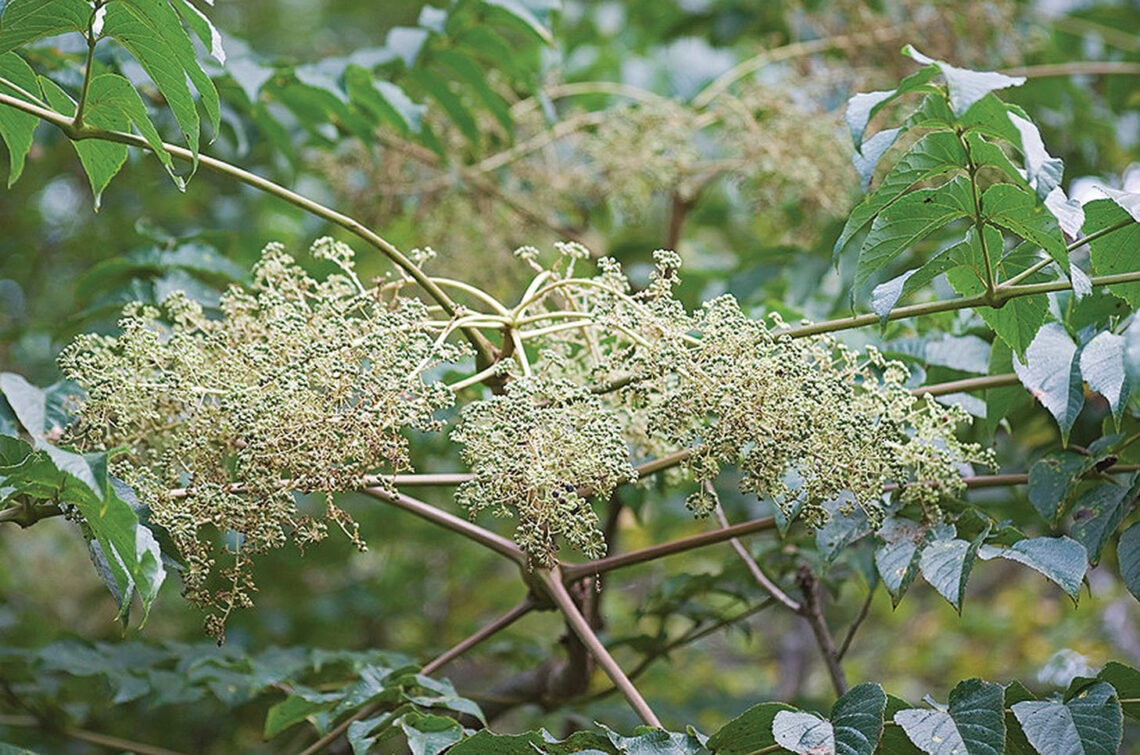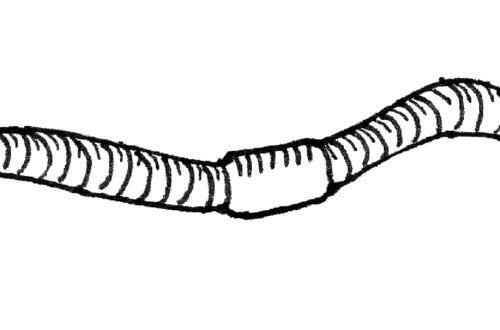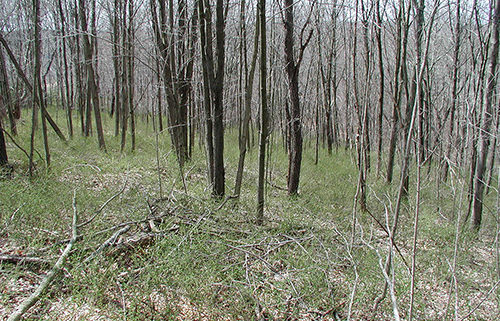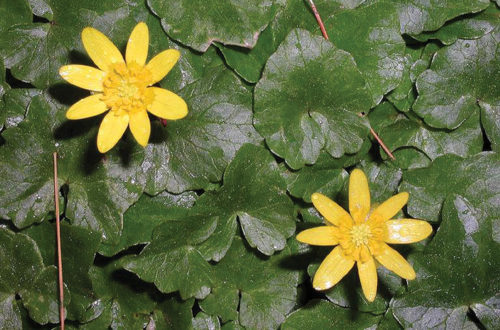Japanese angelica tree (Aralia elata) is now in Connecticut. Fortunately, it’s recently been added to the state’s official list of invasive plants.
This deciduous tree/shrub grows 20-30 feet tall and 15-30 feet wide. It can be single- or multiple-stemmed. It’s native to China, Japan, Korea and Russia and was introduced to North America in 1830 as an ornamental.
It may have gone undetected for some time because of its resemblance to devil’s walking stick (Aralia spinosa) which is native to eastern North America. Because of its similarity it is important to know the difference before you start removing this plant. To complicate matters the two species may be capable of hybridizing in the wild.
Trees growing aggressively in recently disturbed earth or on the edge of a forest are probably the invasive species. These are areas where invasive species thrive. If you want to be more certain, the best bet is to compare the flowers when they bloom in late summer.
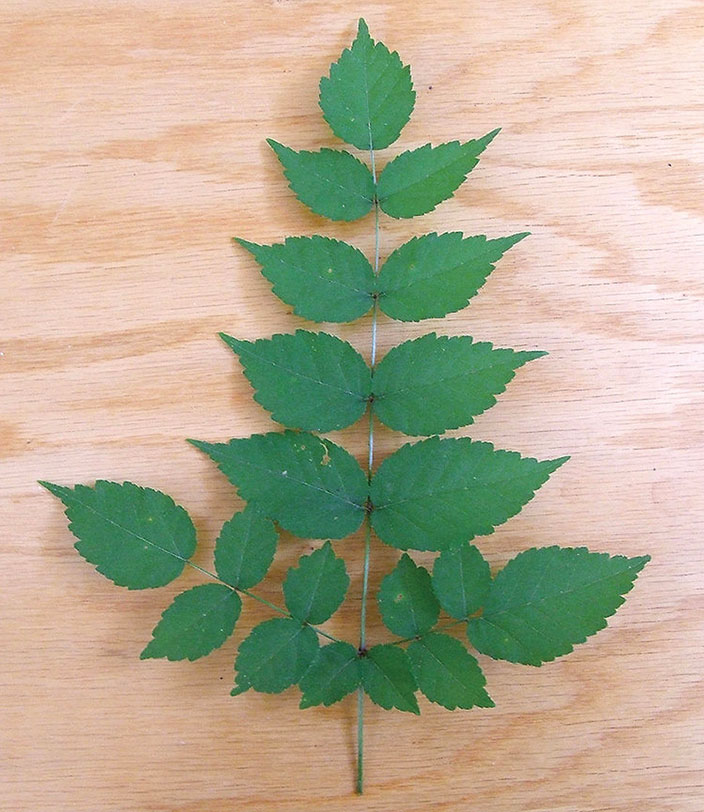
The foliage.
While the flowers are similar, the flowering bodies (inflorescences) are different. The inflorescences on Aralia elata are a foot or two tall and typically wider than they are tall. The inflorescences on Aralia spinosa are pyramidal and up to 3 feet tall with a long central axis. They are taller than they are wide and usually held above the leaves.
One of our readers said he’s seen it in East Rock Park in New Haven, Fulton Park in Waterbury, Walnut Hill Park in New Britain, Hamden, Woodbridge, and Mansfield (UConn Campus). He says birds love the berries and spread the seeds in their droppings.
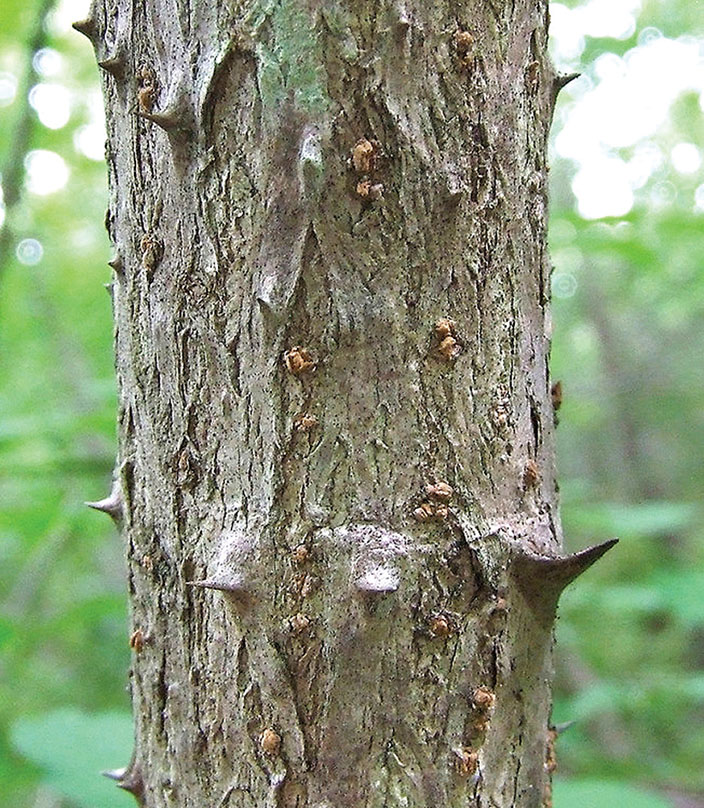
The trunk is prickly.
It has prickly stems and large compound leaves that are arranged bi- or tri-pinnately. Leaflets are 2-4.75 inches long and the entire leaf is 2-4 feet long. The leaf and flower stalks may also be prickly. Small white flowers are produced in July and August and are held in 1-2 foot wide umbels at the tips of stems.
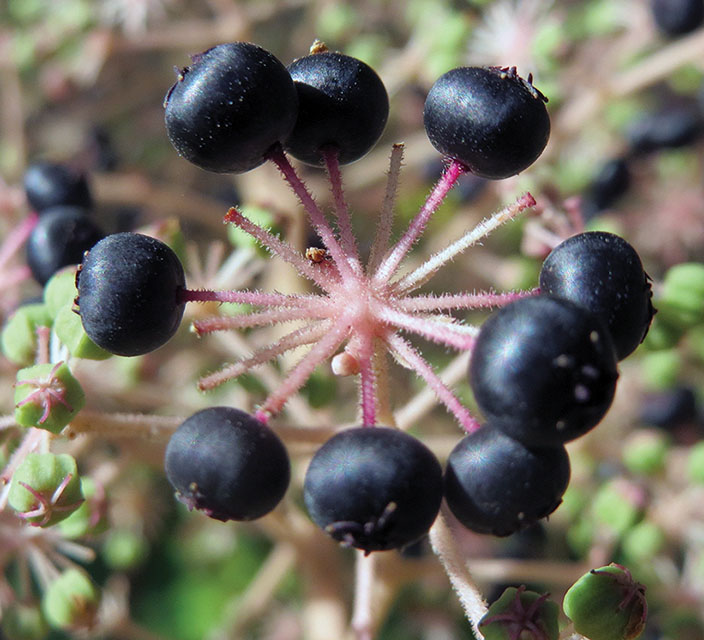
Tiny (1/10 inch) black/purple fruit (arranged in a ring) matures in August and September.
The Problem
Aralia elata is a rapid grower and can use suckers and seeds to create thickets and out-compete native plants. Birds like the fruit and help spread the seed. “It is highly threatening to native plant communities,” according to the Invasive Plant Atlas of the United States (invasiveplantatlas.org).
Control
Do not allow plants to go to seed. If you try to remove it you need to get the roots. Cut plant to the ground and paint the cut with triclopyr or glyphosate. Follow label instructions … the label is the law.
Have a restoration plan. Disturbance without replanting can result in the return of the same invasive (or other invasive species).
For more information visit the website of the CT Invasive Plant Working Group at cipwg.uconn.edu
– Compiled by Will Rowlands
